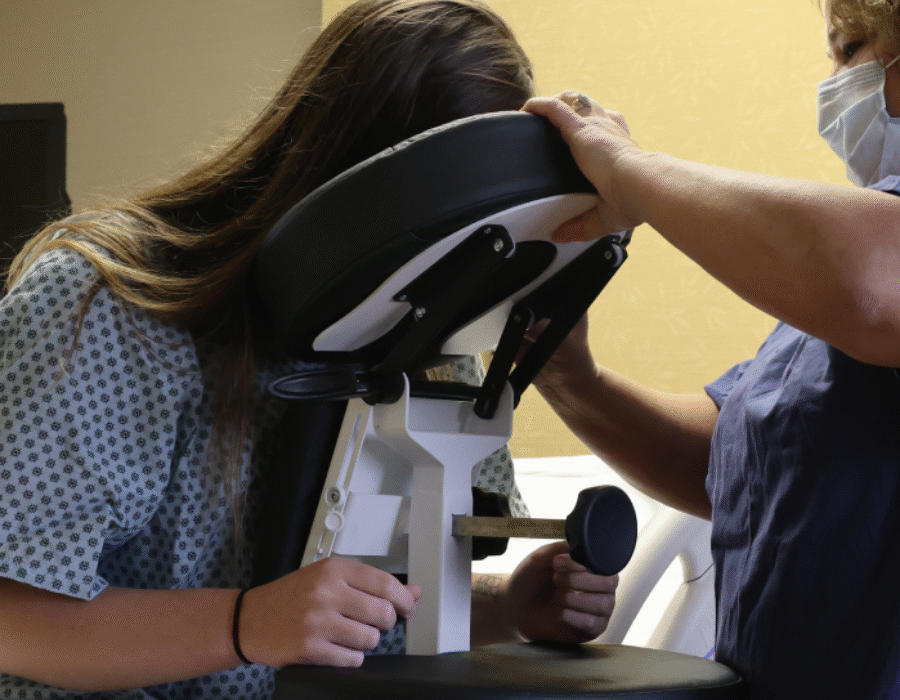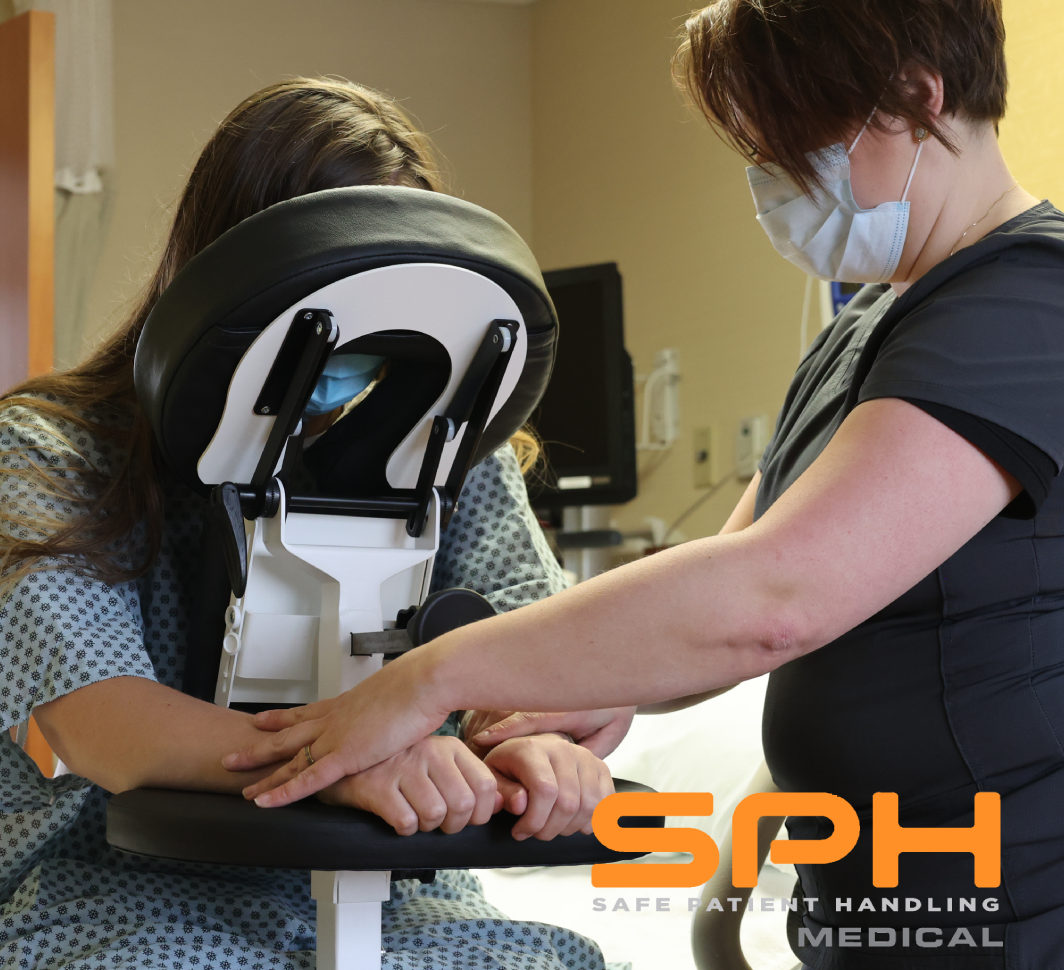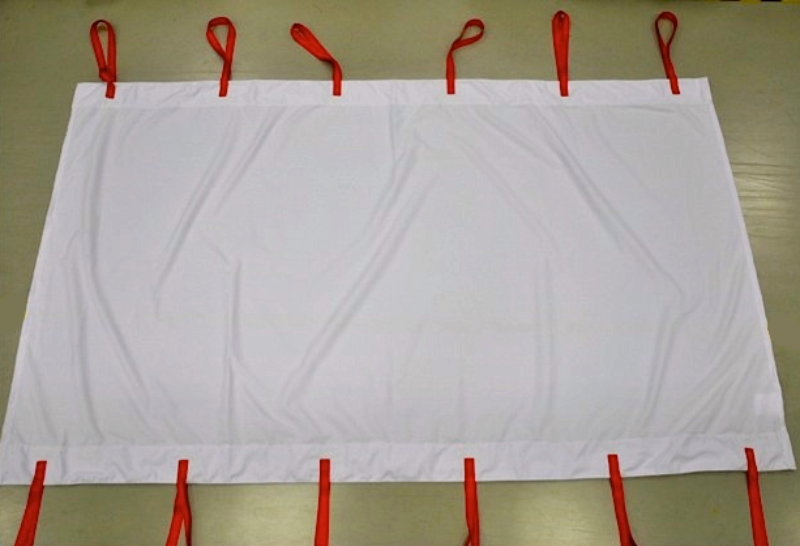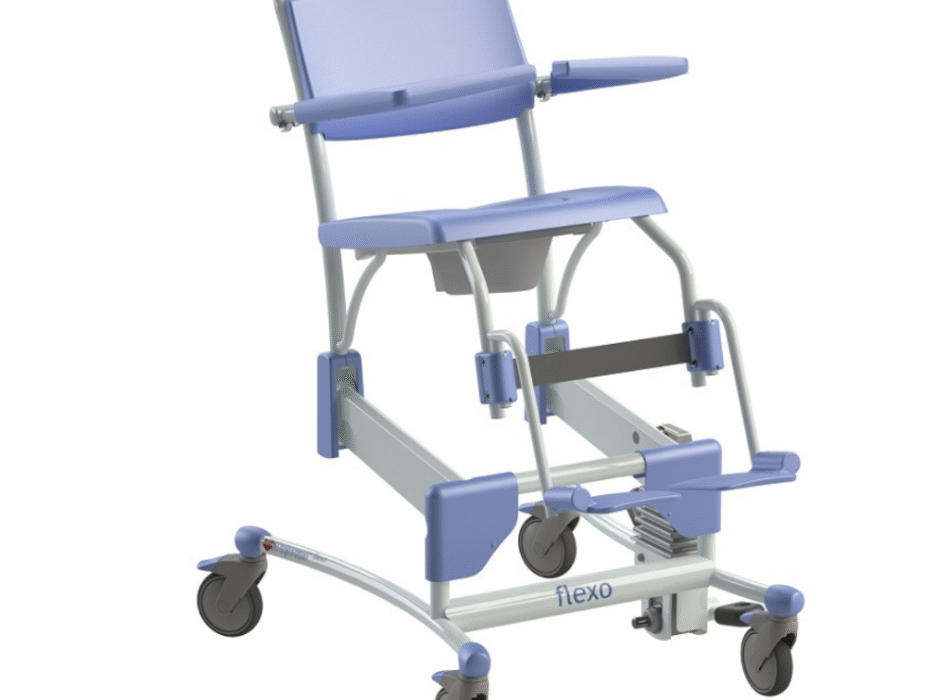Stretcher Mattresses: A Critical Infection Prevention Point
What is the single most overlooked surface in the fight against hospital-acquired infections (HAIs)? For many facilities, it’s the humble stretcher mattress—a constant-use item that can become a hidden reservoir for dangerous pathogens. Stretcher mattresses are the first and last surface many patients touch, yet their integrity is often neglected. A compromised mattress cover creates a direct vector for cross-contamination, undermining all other infection prevention efforts.
Replacing outdated and damaged stretcher mattresses is a non-negotiable component of any modern infection control program. The Geo-Mattress UltraMax for Stretchers provides the ultimate solution, engineered specifically to eliminate infection risk while enhancing patient safety and durability. This article will detail the immense infection risks posed by compromised stretcher mattresses and demonstrate why the Geo-Mattress UltraMax is the superior standard for preventing HAIs and protecting your patients.
The Hidden Threat: A Vector for Infection
A damaged stretcher mattress is not just a maintenance issue; it is a critical failure in your facility’s infection prevention barrier. These surfaces are subjected to constant use, high patient turnover, and harsh cleaning chemicals, all of which contribute to their eventual breakdown. When a mattress cover is compromised, it becomes an active threat to patient safety.
The Failure of Damaged Covers
The moment a stretcher mattress cover develops a crack, tear, or puncture, it loses its ability to protect the inner foam core. This failure of integrity allows bodily fluids, cleaning agents, and microscopic contaminants to seep inside. The foam core, now saturated with moisture and organic matter, becomes a perfect breeding ground for bacteria, viruses, and fungi.
This creates a hidden pathogen reservoir that cannot be reached by standard terminal cleaning procedures. Even the most rigorous surface disinfection is rendered useless, as the contamination thrives within the mattress itself. Every time a patient is placed on this compromised surface, they are directly exposed to a concentrated bio-burden, dramatically increasing their risk of acquiring a dangerous infection.
The Ineffectiveness of Cleaning Compromised Surfaces
Disinfectants are only effective on non-porous, intact surfaces. It is impossible to properly sanitize a cracked or torn mattress cover because pathogens remain shielded within the crevices and fissures. Staff can wipe down the surface repeatedly, but they will never eliminate the underlying contamination. Even if a mattress looks clean, its core can be heavily contaminated, posing a significant threat to every subsequent patient.
This failure in the cleaning process creates a false sense of security and a direct violation of infection control principles. Continuing to use a damaged stretcher mattress is an unacceptable risk that exposes patients and staff to a preventable source of cross-contamination.
Geo-Mattress UltraMax: A Superior Infection Barrier
The Geo-Mattress UltraMax for Stretchers is purpose-built to eliminate the risks of fluid ingress and pathogen transmission through superior design and materials. It is not just a mattress; it is an engineered infection control device designed to withstand the rigors of the hospital environment.
The Unbeatable Durability of the UltraMax Cover
The first line of defense is the advanced, fluid-proof, and tear-resistant cover. This material is engineered to handle the extreme demands of a high-traffic emergency department or patient transport setting. The bacteriostatic properties of the cover actively inhibit the growth of bacteria on the surface, providing an additional layer of protection between cleanings. This unparalleled durability ensures the mattress core remains sealed and protected from contamination.
Patented Design for Maximum Cleanability
The Geo-Mattress UltraMax features a patented design that eliminates the most common failure points found on standard mattresses. All seams are welded, not stitched, creating a seamless and impenetrable barrier against fluids. The zipper is covered by a protective flap, preventing contaminants from hiding in the zipper teeth.
This flapless and seamless construction ensures that hospital-grade disinfectants can reach and sanitize 100% of the mattress surface. This design feature guarantees effective infection control with every cleaning, aligning with the highest standards from AORN and ensuring your protocols are never undermined by faulty equipment design.
More Than Infection Control: Enhancing Patient Care
While infection prevention is paramount, the Geo-Mattress UltraMax also delivers unmatched patient safety and pressure redistribution benefits. It is a multi-functional therapeutic surface that enhances the quality of care from the moment a patient arrives.
Proven Pressure Redistribution with Geo-Matt Technology
Every Geo-Mattress UltraMax features the unique, segmented Geo-Matt design. This clinically-proven technology provides therapeutic support by creating hundreds of independent cells that redistribute pressure away from bony prominences. This is especially critical for patients experiencing long waits in the emergency department, as it actively protects them from developing hospital-acquired pressure injuries (HAPIs). For WOCN nurses and anyone focused on skin integrity, this feature turns every stretcher into a proactive tool for pressure injury prevention.
A Strategic Investment in Safety and Compliance
Replacing old mattresses with the Geo-Mattress UltraMax is a proactive investment in your facility’s financial health and reputation. By reducing the risk of HAIs and HAPIs, you mitigate the significant, often unreimbursed, costs associated with treating these hospital-acquired conditions. Furthermore, providing a safe and comfortable surface improves patient satisfaction scores (HCAHPS) and aligns your facility with national patient safety goals. It is a strategic decision that demonstrates a powerful commitment to risk management and quality care.
Outdated and damaged stretcher mattresses are a clear and present danger to your infection control program and your patients. They create unacceptable risks that are entirely preventable with the right technology.
The Geo-Mattress UltraMax for Stretchers provides the definitive solution—an impenetrable infection barrier combined with proven pressure injury prevention. It is the most advanced, durable, and safest stretcher mattress available, engineered to meet the highest standards of care. By investing in this superior technology, you are not just buying a mattress; you are fortifying your facility’s defenses against infection and injury.
Stop exposing patients to unnecessary risk. Contact SPH Medical today to learn how upgrading to the Geo-Mattress UltraMax can fortify your infection prevention protocols and elevate your standard of patient care.
Elevate your standard of care immediately, contact SPH Medical to order your new Geo-Mattress UltraMax replacement stretcher pads now.






















